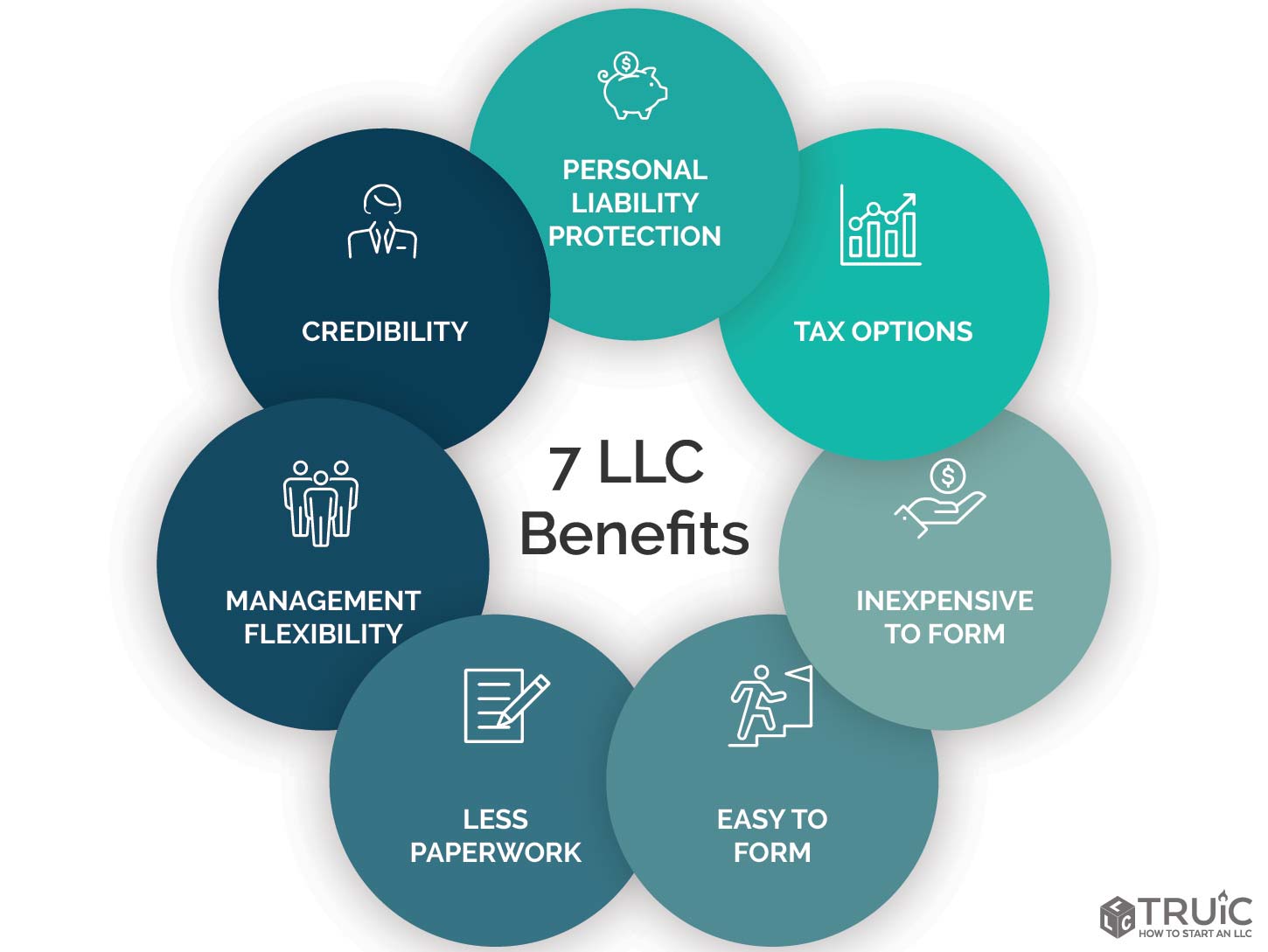
Starting a new business can be a daunting task, but can also be an incredibly rewarding experience. One of the first decisions that a business owner needs to make is choosing a legal structure for their new venture. A corporation can be an attractive option for entrepreneurs due to liability protection and potential tax benefits. However, the process of forming a corporation involves several steps that can be overwhelming for those unfamiliar with the legal and administrative requirements. In this article, we will walk you through the essential steps you need to take to set up a corporation and make your business official.

I. Introduction
A. Definition and importance of a corporation
A corporation is a legal entity separate from its owners, offering protection from business liabilities. It allows businesses to attract investors, save on taxes, and boost their reputation. Forming a corporation is an important step for anyone looking to start a new business venture
B. Overview of the process of forming a corporation
Forming a corporation involves several steps that must be followed. These steps include determining the purpose and scope of the corporation, selecting a suitable name, identifying the jurisdiction of incorporation, including required information and provisions, determining the capital structure, appointing directors and officers, preparing necessary forms and applications, defining rights and responsibilities of shareholders, applying for an EIN with the IRS, meeting state-specific requirements, drafting internal governance rules, and understanding the tax obligations of the corporation.
II. Preliminary Considerations
A. Determining the purpose and scope of the corporation
Determining the purpose and scope of the corporation is an essential step in forming a successful business. It helps define the goals and objectives of the company and sets the direction for future growth and development. By clarifying the purpose and scope, entrepreneurs can ensure that their corporation is focused and aligned with their vision.
B. Selecting a suitable name for the corporation
When forming a corporation, one of the important steps is selecting a suitable name for the company. The name should reflect the business’s identity and goals, and it should be memorable and easily recognizable. It’s also crucial to ensure that the chosen name is available and not already claimed by another business. Taking the time to choose the right name can have a significant impact on the company’s success.
C. Identifying the jurisdiction of incorporation
When forming a corporation, it is crucial to identify the jurisdiction of incorporation. This refers to the state or country where the corporation will be registered and governed by its laws. Choosing the right jurisdiction can have significant implications on the company’s taxes, regulations, and legal requirements.
III. Drafting the Articles of Incorporation
A. Including the required information and provisions
Including the required information and provisions is an important step in forming a corporation. This involves providing details such as the name and address of the corporation, the registered agent, and the type and number of shares to be issued. It is essential
B. Specifying the capital structure and authorized shares
In order to form a corporation, one of the important steps is to specify the capital structure and authorized shares. This entails determining the amount of capital the company will have and how it will be divided into shares. It is crucial to establish this structure in order to attract potential investors and stakeholders.

IV. Appointing Directors and Officers
A. Determining the number and qualifications of directors
When forming a corporation, it is important to determine the number and qualifications of directors. This will depend on the laws and guidelines of your state, as well as the number of owners your corporation has. Having the right directors in place is crucial for managing the business and making important decisions.
B. Designating officers and their respective roles
When forming a corporation, it is important to designate the officers and clearly outline their respective roles. The officers, such as the CEO, CFO, and COO, are responsible for the day-to-day operations and ensuring the corporation’s success. Assigning roles and responsibilities to each officer helps streamline decision-making processes and maintain organizational efficiency.
V. Filing and submission of legal documents
A. Preparing necessary forms and applications
Preparing necessary forms and applications is a crucial step in forming a corporation. This involves completing and filing the articles of incorporation with the Secretary of State office. It’s important to ensure that all required information is included and that the forms are submitted to the relevant authorities.
B. Submitting the Articles of Incorporation to the relevant authorities
After completing the necessary information and provisions in the Articles of Incorporation, the next step is to submit them to the relevant authorities. This typically involves delivering the signed articles and paying the state-required filing fee. Once the articles are reviewed and accepted, the corporation’s existence officially begins. It is important to adhere to the specific filing requirements of the state where the business operates.
VI. Understanding Shareholders’ Agreements
A. Defining the rights and responsibilities of shareholders
Shareholders of a corporation have certain rights and responsibilities. They have ownership rights in the shares of corporate stock and can access and examine corporate records and information. Shareholders also have the right to vote for directors and for any fundamental changes in the corporation. They can make proposals to be included in the corporate proxy material and may exercise dissenter rights if they disagree with certain aspects of corporate governance. Ultimately, shareholders have the power to hold the corporation and its directors accountable for their actions.
B. Establishing provisions for share transfers and shareholder disputes
Establishing provisions for share transfers and addressing potential shareholder disputes are important steps in forming a corporation. These provisions help ensure smooth transactions when shares are bought or sold, and provide guidelines for resolving any disagreements that may arise between shareholders. By including these provisions in the corporation’s governing documents, the rights and responsibilities of shareholders are clearly defined, promoting transparency and minimizing conflicts.

VII. Obtaining the Employer Identification Number (EIN)
A. Applying for EIN with the Internal Revenue Service (IRS)
Applying for an Employer Identification Number (EIN) with the Internal Revenue Service (IRS) is a crucial step in forming a corporation. The EIN is a unique nine-digit number used to identify the tax accounts of employers. It is necessary for tax and banking purposes and can be obtained through an online application process or by mail or fax.
B. Importance of EIN for tax and banking purposes
When forming a corporation, obtaining an Employer Identification Number (EIN) is crucial for tax and banking purposes. This unique nine-digit number issued by the Internal Revenue Service (IRS) allows the corporation to be identified for tax reporting. It is also necessary for opening a bank account, obtaining business loans, and complying with certain federal and state regulations. Having an EIN simplifies financial transactions and ensures the corporation can operate smoothly.
VIII. Complying with State and Federal Regulations
A. Meeting the requirements of state-specific laws
Meeting the requirements of state-specific laws is a crucial step in forming a corporation. Each state has its own set of rules and regulations that businesses must adhere to when incorporating. By understanding and complying with these laws, businesses can ensure that they are operating within the legal framework of their state.
B. Complying with relevant federal laws and regulations
Complying with relevant federal laws and regulations is an important step in forming a corporation. Different industries may have specific compliance requirements, such as filing reports with regulatory agencies or adhering to specific guidelines. It is crucial to research and understand these obligations to ensure legal compliance and avoid penalties.
IX. Creating Bylaws for the Corporation
A. Drafting internal governance rules and procedures
Drafting internal governance rules and procedures is a crucial step in forming a corporation. These rules outline the day-to-day operations of the corporation, including meeting requirements, voting procedures, and officer responsibilities. By creating clear and comprehensive governance rules, the corporation can ensure smooth decision-making processes and adherence to legal requirements.
B. Clarifying decision-making processes and meeting requirements
When it comes to forming a corporation, clarifying the decision-making processes and meeting requirements are crucial steps. This involves evaluating the available options, weighing the evidence for each alternative, and identifying potential pitfalls and rewards. By clarifying these processes, corporations can ensure that their decisions are well-informed and align with their goals and objectives.

X. Registering for State and Local Taxes
A. Understanding the tax obligations of the corporation
Understanding the tax obligations of a corporation is crucial for its financial management. As a separate legal entity, a corporation is responsible for filing and paying taxes on its profits. By familiarizing themselves with tax laws and regulations, corporations can ensure compliance and avoid any potential penalties or issues with the Internal Revenue Service (IRS).
